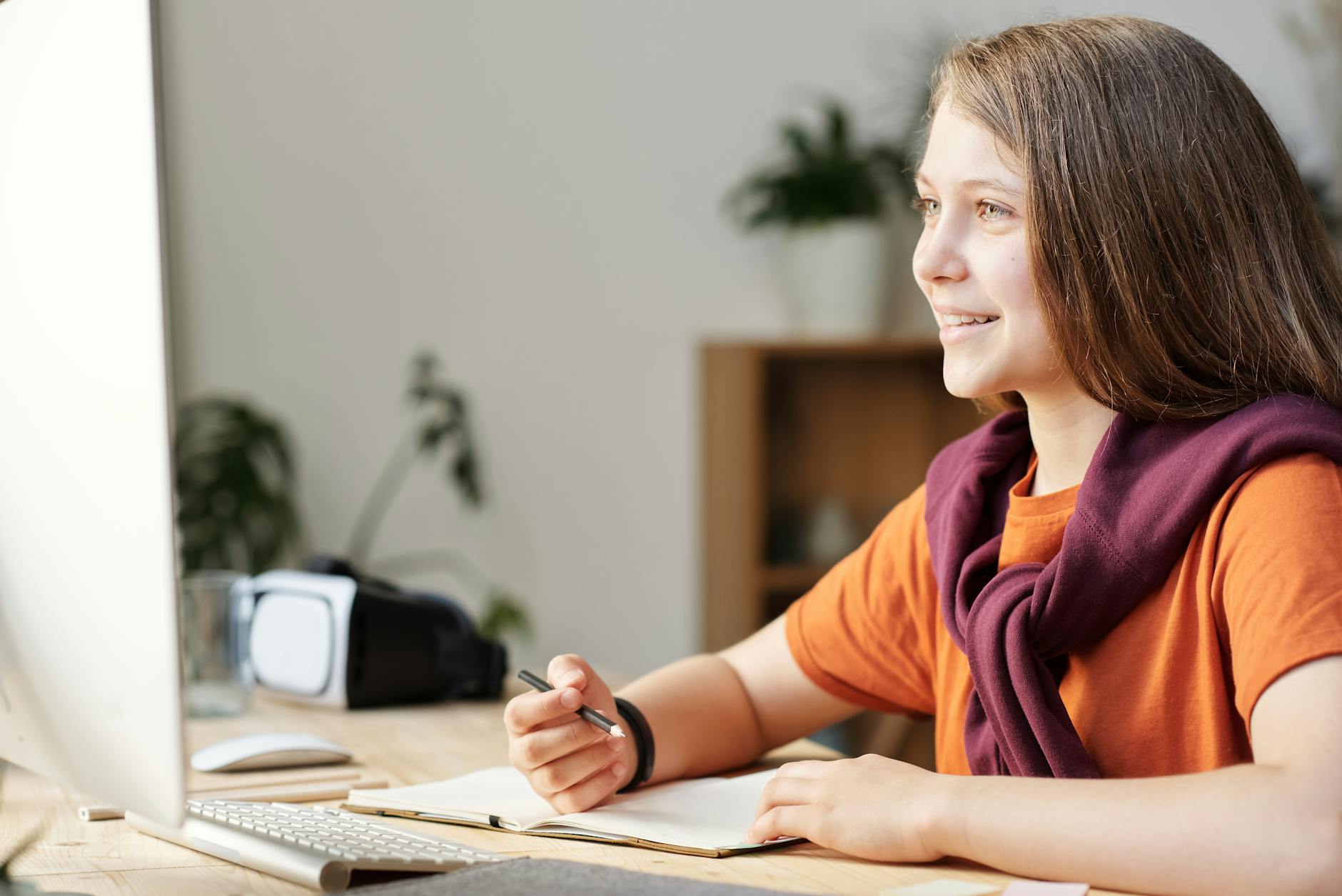How Australia's Music Teachers Can Integrate New Technology Seamlessly

Assessing Current Resources
As someone who has spent countless days at Elder Park conducting local music festivals, I understand the challenge of aligning traditional music teaching methods with modern technology. Embracing innovations like broadcast solutions in music classrooms can significantly enrich the learning experience. Whether you’re familiar with ptz cameras capturing high-quality visual content or exploring an antenna tracking system for in-depth audio analysis, these resources can transform how music is taught.
To begin this journey, it's crucial to perform an inventory of existing tools. Look around your classroom and note the equipment available: from pianos to projectors, each piece's potential for tech integration must be considered. Next, identify any technology gaps. Reflect on your experiences, as I did once when the only available instrument was an aging upright piano. What technologies could enhance your teaching?
Moreover, evaluating infrastructure needs is pivotal. Consider the resources already at your disposal and how they can support new technology, ensuring the blending of tradition and modernity enriches the students’ experience. Observing how tech functions in your environment might remind you of the vibrant cultural workshops at the Adelaide Festival Center, where traditional and contemporary come together in harmony. With a clearer picture of your current resources, you'll be well-primed to elevate your music teaching methods.
Understanding Student Needs
Analyzing Learning Styles
In my years of teaching music, I've found that understanding the individual learning styles of my students makes all the difference in the world. This became particularly clear during a vibrant cultural workshop at the Adelaide Festival Center, where students with different learning preferences thrived under varied teaching methods. Some students process information more effectively when it's visually presented, while others benefit significantly from hands-on experiences. I've had success experimenting with these styles and have noticed how pairing visual learners with technologically enhanced visual aids, like interactive music theory apps, has been transformative.
Engaging Digital Natives
Today's students, often referred to as 'digital natives,' have grown up surrounded by technology, much like fish in water. They’re familiar with devices and digital interactions, which can be leveraged in the classroom. I once introduced a class to using a recording microphone during a project on creating podcast-style music stories. The excitement and engagement levels were remarkable, as students felt more invested in learning. Additionally, by embedding tools such as online collaborative platforms into lessons, we can make students active participants in their learning journey.
Customizing Tech Integration
Tailoring technology to meet specific student needs is crucial. For example, in my attempts to minimize distractions and improve focus, I introduced acoustic panels in our practice rooms. This adjustment offered a noticeable enhancement in sound quality and concentration. Further customization might involve adapting software settings or modifying lesson plans to align with students’ familiarity and comfort with technology. Over the years, I've observed that when students feel understood and their learning environment is thoughtfully curated, their creativity and motivation to explore music intensify.
Choosing the Right Tools
Exploring Software Options
As a longtime music educator here in Adelaide, I've seen firsthand how selecting the right audio equipment has transformed my teaching experience. I often recommend starting with user-friendly software that allows students to experiment and compose their own music. Look for platforms that offer interactive tutorials and have a range of features suitable for various skill levels. For instance, programs that mimic popular music festival settings, like those in Elder Park, can engage students by connecting their learning to real-world experiences.
Integrating Hardware Solutions
Integrating hardware like paging systems can be a game changer in creating a seamless and immersive learning environment. In my own practice, utilizing these systems during our cultural workshops at the Adelaide Festival Center made communication across larger spaces more efficient and engaging for students. Consider investing in high-quality microphones and speakers that ensure every note is heard clearly, transforming classroom acoustics into an ideal learning soundscape.
Balancing Tradition and Tech
Finding that sweet spot between technology and traditional music teaching methods is crucial. It's about harmonizing the old with the new; for instance, incorporating digital keyboards but still nurturing skills in authentic piano playing. My students often perform their renditions of classical pieces at events such as those at the Tandanya National Aboriginal Cultural Institute. These performances highlight the importance of maintaining a balance where technology complements rather than overshadows classical music education.
Implementing Technology Effectively
Designing a Step-by-Step Plan
Integrating new technology into music education can feel overwhelming, but a structured plan simplifies the process. Start with assessing the specific needs of your classroom and your goals. Once identified, prioritizing technology that aligns with these needs is crucial. For instance, a universal remote can centralize various functions, allowing seamless control over multiple devices, an essential efficiency booster during lessons. From my experience organizing music events at Elder Park, it’s evident that having a detailed checklist ensures nothing is overlooked, especially when juggling various tech elements.
Training and Professional Development
Training is pivotal when adopting new technology. Attending workshops is immensely beneficial—like the ones offered at the Adelaide Festival Center—where you can immerse yourself in evolving trends and techniques. In my teaching journey, learning new tools like a professional microphone drastically refined recording sessions. Not only did this enhance the clarity of student performances, but it also fostered a more engaging learning environment.
Monitoring Progress and Feedback
Regularly monitoring progress and soliciting feedback from both students and fellow educators is invaluable. Establish checkpoints throughout the term to evaluate the effectiveness of the technology and its impact on student engagement and learning outcomes. Feedback helps refine approaches, ensuring the technology remains beneficial. Sharing these insights during gatherings, akin to those at the Tandanya National Aboriginal Cultural Institute, further enriches collective understanding and integration success.
Implementing new technology isn't just about introducing new gadgets; it's about enhancing the teaching and learning experience. By carefully planning, engaging in continuous professional development, and monitoring progress, you ensure that the integration process is smooth and effective.
Avoiding Pitfalls
Simplifying Integrations
One frequent stumbling block I've observed is the tendency to get caught up in the allure of complex tech solutions, neglecting the essentials of clear and simple integration. As we gather for Elder Park music festivals, it becomes clear that simplicity often elevates the experience, rather than elaborate setups that can overwhelm both students and educators. Focusing on tools that enhance the learning experience without overshadowing the art itself can create a more cohesive classroom environment.
Elevating Student Engagement
Neglecting the crucial aspect of student interaction with technology is a misstep that can lead to disengagement. During cultural workshops at the Adelaide Festival Center, I've seen first-hand how active participation turns passive listeners into engaged and enthusiastic learners. Remember, the goal is to encourage students to explore, create, and innovate through hands-on interaction with tech, sparking a connection akin to those we feel at the Tandanya National Aboriginal Cultural Institute events.
Embracing Continuous Updates
It's easy to fall into the trap of dismissing software updates as mere annoyances. However, in the dynamic world of digital music, remaining responsive to updates ensures that our students are always interacting with the most secure and efficient tools. Drawing from personal experiences during music education programs, I’ve found that keeping software current can be likened to a commitment to lifelong learning – it’s fundamental to our mission as educators.
Adjusting to these nuances doesn't require a complete overhaul but rather a conscious effort to align technology with educational goals. Together, let's navigate these challenges and foster a learning environment that's both harmonious and progressive.


